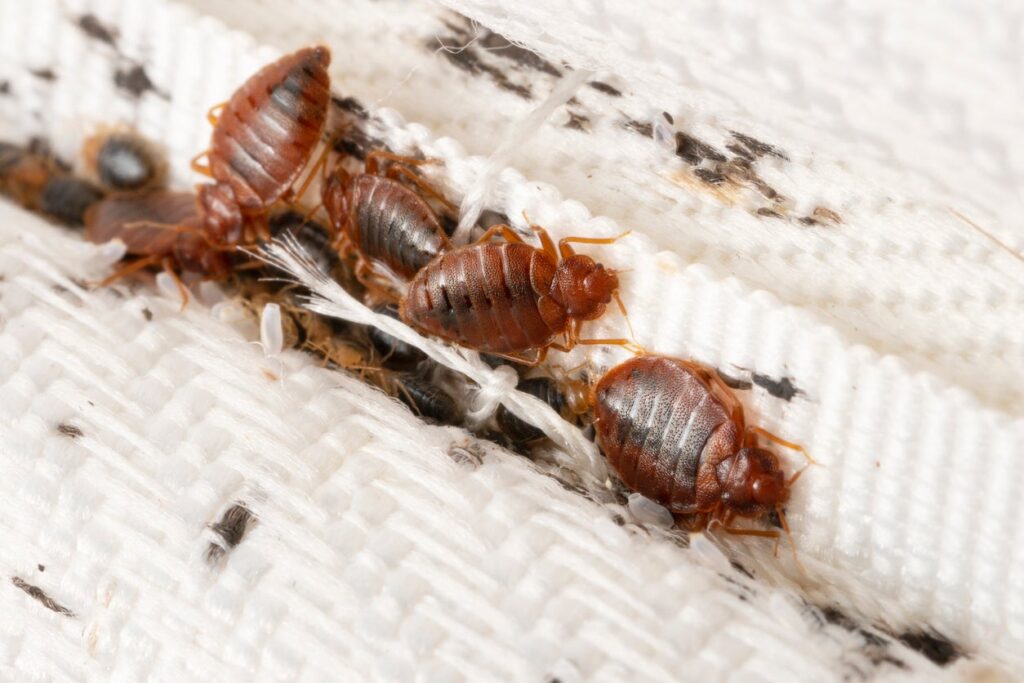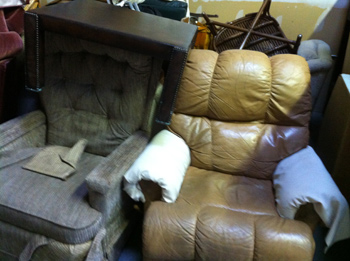How to get rid of bed bugs in a mattress
Bed bugs are a nuisance that no one wants to deal with. These tiny, blood-sucking pests can infest your mattress, causing discomfort and potential health issues. In this comprehensive guide, we will explore the various methods and strategies to get rid of bed bugs in a mattress in detail. You’ll find expert advice, personal insights, and actionable tips to ensure your mattress remains a sanctuary for a good night’s sleep.
1. Identifying Bed Bugs
Understanding Bed Bug Behavior
Bed bugs are nocturnal creatures that hide during the day and come out at night to feed on human blood. Understanding their behavior is crucial for effective elimination.
Examining Bites
Bed bug bites often appear in clusters and can be intensely itchy. They are typically found on exposed skin areas, such as arms, legs, and the neck.
Inspecting Your Mattress
Carefully inspect your mattress seams, creases, and folds for any signs of bed bugs. Look for tiny, reddish-brown bugs or dark spots (excrement) that they leave behind.
2. Confirming the Infestation
DIY Inspection
While professional pest control services are the most accurate, you can perform a preliminary inspection yourself.
Using Bed Bug Traps
Bed bug traps, available in stores, can help confirm the presence of bed bugs by trapping them as they move around at night.
3. Preparing Your Mattress
Laundering Bedding
Wash all bedding, including sheets, pillowcases, and blankets, in hot water. The high temperature will kill bed bugs and their eggs.
Vacuuming Thoroughly
Use a vacuum cleaner with a HEPA filter to suck up any bed bugs, eggs, and debris from your mattress. Pay special attention to seams, folds, and creases.
4. Vacuuming
Vacuuming Techniques
When vacuuming your mattress, use slow, deliberate strokes to ensure you capture all the bed bugs and their eggs. Empty the vacuum bag or canister immediately after use.
5. Steam Cleaning
Steam Cleaners Explained
Steam cleaners emit hot steam at high pressure, effectively killing bed bugs by denaturing their proteins.
Proper Steam Cleaning
When using a steam cleaner on your mattress, move it slowly and methodically across the surface, focusing on seams and tufts.
6. Diatomaceous Earth
Natural Bed Bug Killer
Diatomaceous earth is a fine powder made from fossilized algae. It works by dehydrating bed bugs and causing them to die.
Applying Diatomaceous Earth Safely
Wear a mask and gloves when applying diatomaceous earth to avoid inhaling the fine particles. Apply a thin layer evenly across your mattress.
7. Encasing Your Mattress
Importance of Encasements
Mattress encasements not only prevent bed bugs from infesting your mattress but also trap any existing bed bugs inside, preventing them from feeding and reproducing.
Fitting the Encasement
Ensure that the mattress encasement fits tightly and securely around your mattress. Any gaps can provide an entry point for bed bugs.
8. Heat Treatment
How Heat Kills Bed Bugs
Heat treatment involves exposing bed bugs to high temperatures, which disrupts their cellular structure and causes their death.
Using Heat Safely
When using heat to treat infested items, follow manufacturer guidelines for temperature and exposure time to avoid damaging your belongings.
9. Freezing
Extreme Cold as a Bed Bug Killer
Placing infested items in sub-zero temperatures can also effectively kill bed bugs by freezing them.
Duration and Temperature
For freezing to be effective, maintain a temperature of at least -20°F (-29°C) for several days.
10. Natural Remedies
Lavender Oil and Bed Bugs
Lavender oil is a natural repellent for bed bugs due to its strong fragrance.
Making a Lavender Oil Spray
Mix a few drops of lavender essential oil with water and spray it on your mattress to deter bed bugs.
11. Professional Pest Control
When to Seek Professional Help
If your bed bug infestation is extensive or persists despite your efforts, consult a professional pest control service.
Expertise and Safety
Professionals have access to specialized equipment and knowledge to eliminate bed bugs safely and effectively.
12. Prevention
Maintaining Vigilance
Even after successfully eliminating bed bugs, it’s crucial to remain vigilant for any signs of a reinfestation.
Regular Maintenance
Regularly clean and inspect your mattress, bedding, and bedroom to catch any potential problems early.
13. Frequently Asked Questions (FAQs)
How do bed bugs enter the mattress?
Bed bugs can enter your mattress through cracks, seams, or by hitchhiking on clothing or luggage.
Can I use pesticides to get rid of bed bugs?
While pesticides can be effective, it’s best to consult a professional to ensure safe and proper application.
How long does it take to eliminate bed bugs?
The time required for complete bed bug removal varies based on the extent of the infestation and the chosen treatment method.
Can bed bugs cause health problems?
Yes, bed bug bites can lead to itching, skin irritation, and allergic reactions in some individuals.
Should I throw away my mattress if it’s infested?
In most cases, you can save your mattress with proper treatment and preventive measures.
Are DIY bed bug treatments effective?
DIY treatments can be effective for minor infestations, but professional help may be necessary for severe cases.
Conclusion
Getting rid of bed bugs from your mattress requires patience and diligence. By following the steps outlined in this guide, you can effectively eliminate these pests and ensure a peaceful, bed bug-free night’s sleep. Regular maintenance and preventive measures are essential to keeping your mattress free of these unwelcome visitors.
In summary, understanding the signs of infestation, proper preparation, and a combination of treatment methods are key to success in the battle against bed bugs.



